“We have to take action now in order to preserve the industry,” said Chris Myers, executive vice president of reimbursement and government affairs at Air Methods.
It’s a sentiment echoed by many U.S. helicopter operators when it comes to fair reimbursement for air medical expenses.
“It is almost a given in this country that if you have a terrible accident in the middle of nowhere you know you can call 911 and somebody’s going to pick you up, but if we don’t get this issue fixed that will go away.”
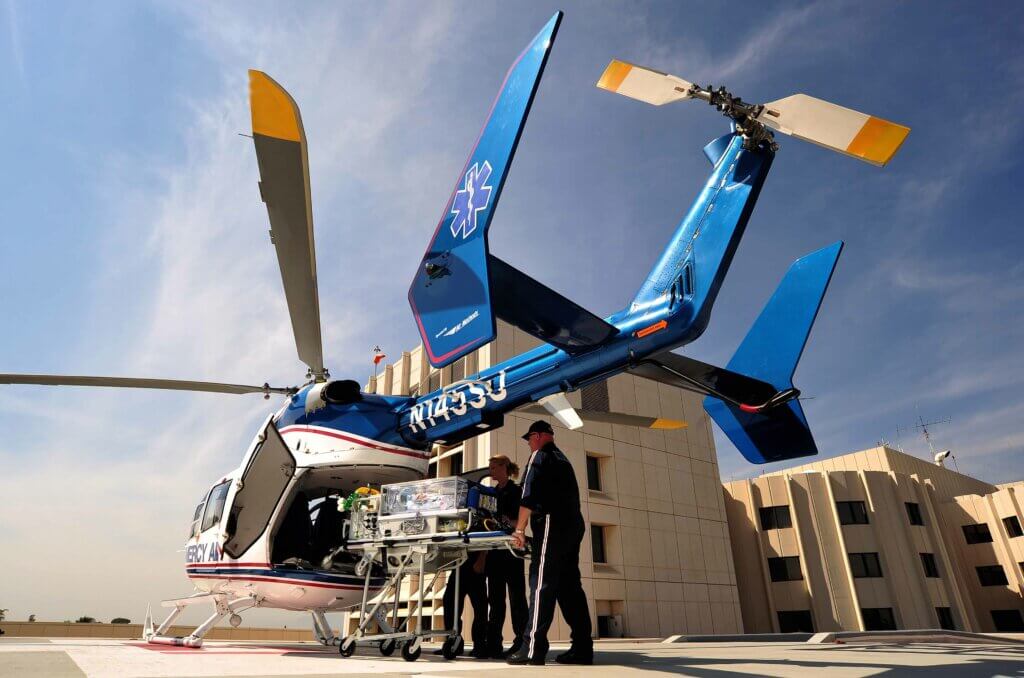
Myer’s comments come on the heels of the federal court’s August ruling against the Association of Air Medical Services (AAMS) lawsuit challenging the No Surprises Act for what it believes gives insurers an advantage over service providers in the negotiation and final resolution of payment disputes.
According to the act, if insurers and providers can’t negotiate a settlement within 30 days, the claim will go to an independent dispute resolution (IDR) entity. In settling the dispute, the entity is supposed to consider several factors — one of those is the qualified payment amount (QPA), which is defined as the insurance company’s median of the contracted rates for services. But operators say the QPA doesn’t reflect the actual costs of emergency medical services.
To fix the flawed QPA methodology, Myers and others like him encourage a more robust cost data collection that would be used to determine a fair reimbursement rate.
“The Medicare fee schedule has not been updated for over 20 years, and the current fee schedule was based upon data from 1999,” Myers said, adding Medicare reimbursement equates to around $7,000 a transport, while the cost to provide the service is more than double that.
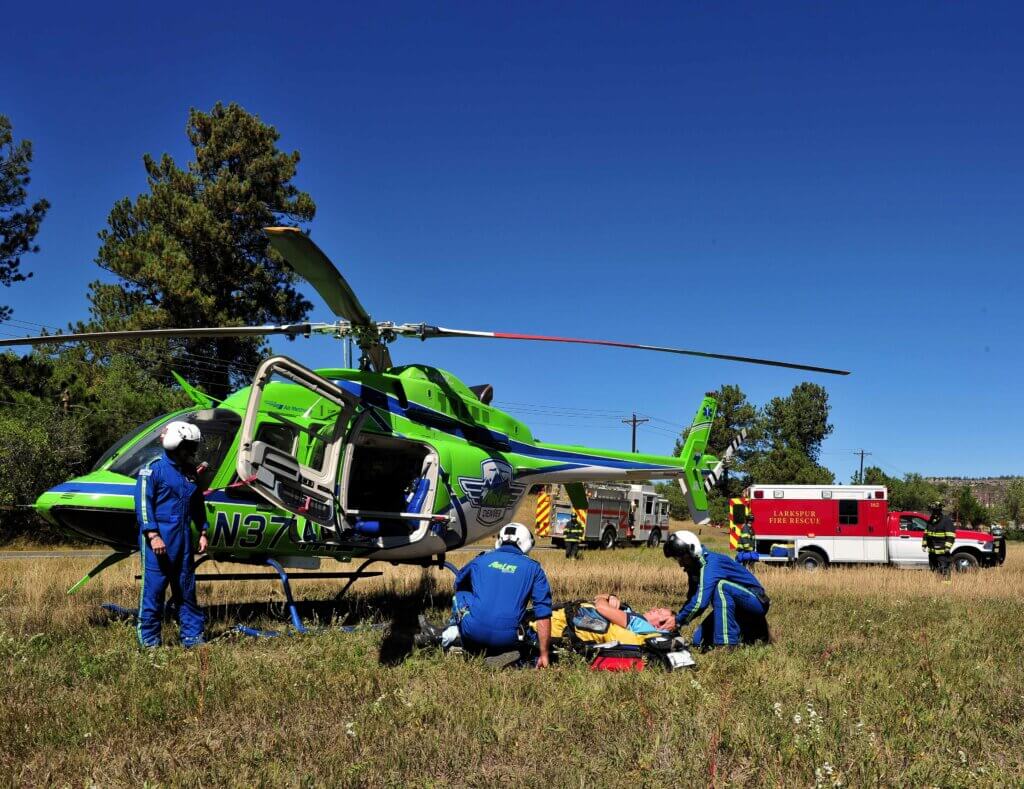
“Over those 20 years, we’ve done things like put flight crash resistant fuel tanks on every single aircraft we fly. We’ve put night vision goggles into every aircraft. We have five flight simulators that we train our pilots on. We’ve added clinical capabilities,” Myers said. “Those have all been incremental costs that we’ve borne over the last 20 years that have not been reimbursable. We still only receive a lift-off and a mileage reimbursement. That’s it.”
Todd Stanberry, co-owner and vice president of Metro Aviation, is one of many in the sector who believes reimbursement needs to be based on the true cost of providing the service, which can vary depending on things like aircraft type, quality of service provided, and crew configuration.
“If you take all those costs and plug them into a tool that tells you what a fair reimbursement would be based on those costs, it would really provide the benchmark that we so desperately need — and payers must understand — to be able to reimburse our medical programs appropriately,” Stanberry said.

The sector has hit a critical juncture — if reimbursement continues to shrink, there will be fewer aircraft supporting markets and fewer medical resources for rural communities.
Jared Sherman, president and chief operating officer of Guardian Flight, a subsidiary of Global Medical Response (GMR), said along with decreasing reimbursement, the No Surprises Act has also created less incentive for insurance companies to come to the table.
“If we can get insurance companies to the table, have a good conversation about what a sustainable model looks like for their beneficiaries, that would be a win-win,” Sherman said. “But the No Surprises Act and the IDR process has no longer created that incentive.”
He said while the act has removed the patient from having to pay the balance bill, “we’ve yet to solve how the payer and provider will work together to keep resources sustainable in a number of rural markets.”

Workforce recruitment and retention remain an issue across the board for pilots, maintenance staff and clinicians. Dan Megna Photo
The result is a strained market, and at GMR, a number of bases have had to close because they were no longer sustainable based on increased costs and declining reimbursements, Sherman said.
“I think Medicare and Medicaid have to be able to pay appropriate amounts — that’s the healthcare problem in the United States all together,” said Paul Julander, chief operating officer of PHI Air Medical.
If the sector isn’t able to close the gap between the cost of providing the service and reimbursement, Julander said there will eventually be an erosion of the services.
“Unfortunately, where you’re going to see the erosion is in the smaller communities that desperately need the service the most,” Julander said.
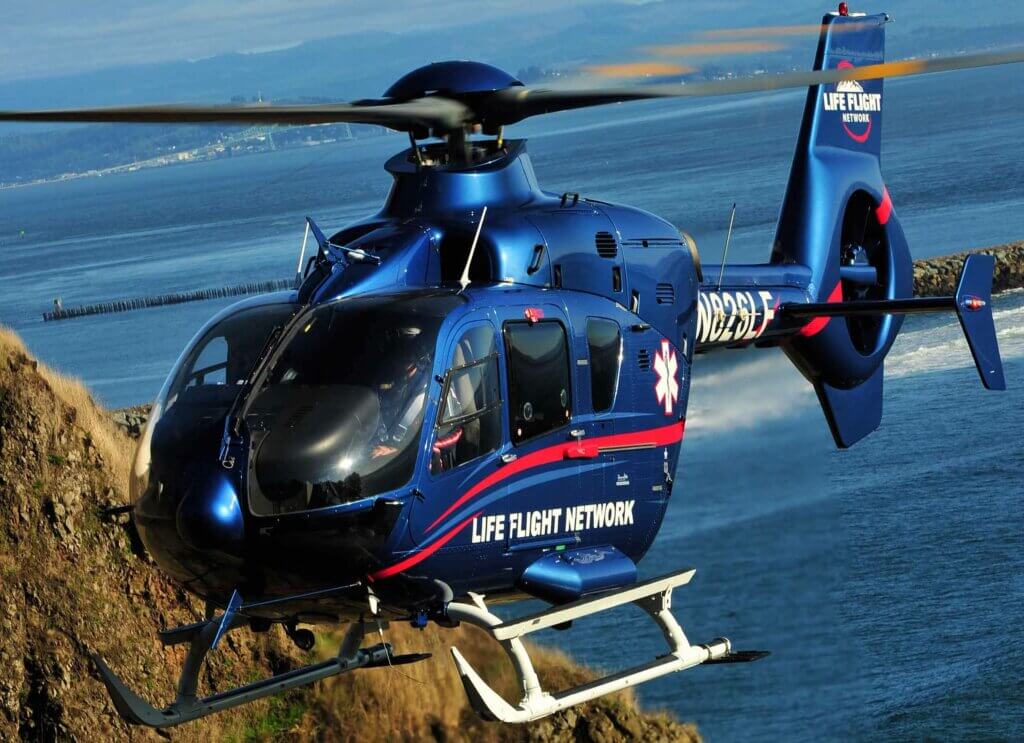
The sector now faces a proposal from Veterans Affairs (VA) that would see the VA’s reimbursement rate for air medical transports drop to the Medicare rates, effective February 2024. If the plans go through, the sector predicts base closures and access issues for patients because “that dramatic change in reimbursement would devastate the industry,” Myers said.
“Payers need to remember that we are the last line of defense,” Myers said. “There are millions of Americans who won’t have access to an appropriate level of care if we cannot maintain our service.”
Last year, Air Methods closed 17 of its bases as a result of declining reimbursements, and Myers predicts this will be the future of the air ambulance sector if the issue doesn’t get resolved.
Aircraft acquisitions
While the air medical sector is beginning to see requests for larger aircraft types for more specialized medical transport in market dense areas, the workhorse of the industry has remained the Airbus H125 and H135 and the Bell 407.
“One of the reasons that those models are preferred right now is because costs are continuing to go up in the industry. Pilots, maintenance and clinical staffing is continuing to be a large challenge,” Sherman said, adding it’s crucial to operate a model type that’s sustainable.
Choosing an aircraft type with parts availability and service support is also a critical aspect in preventing aircraft on ground situations, eating away at time otherwise spent earning revenue, Sherman said.
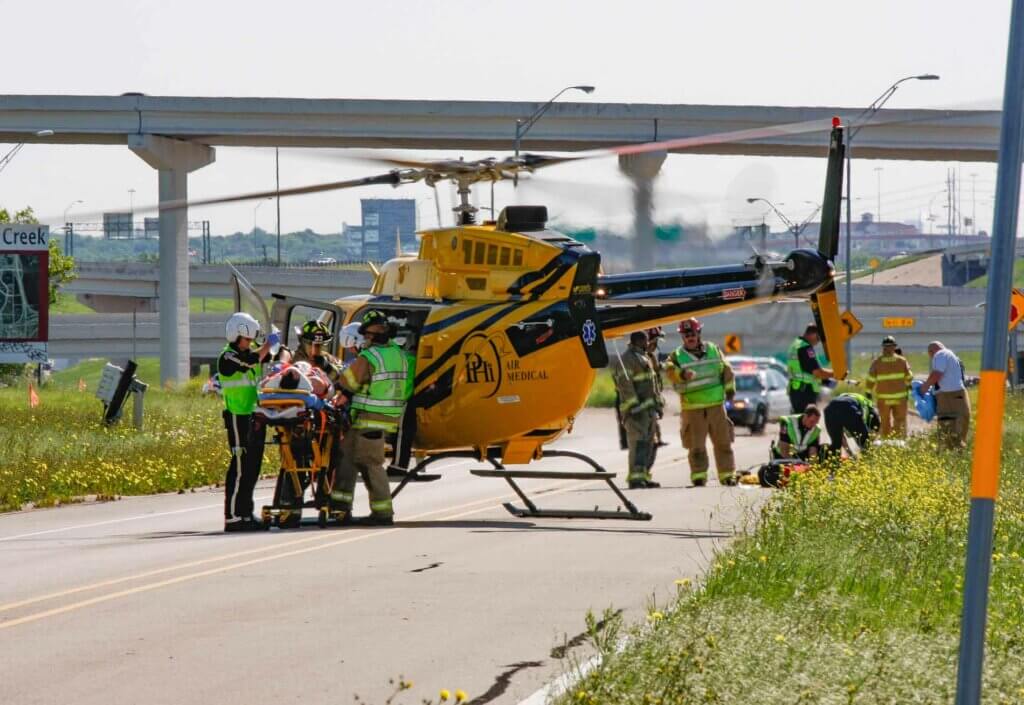
“The aircraft that we operate now, if something breaks on them, getting the supplies to get them fixed is a big challenge,” he said. “It can be a long time before we can get parts from the OEM [original equipment manufacturer].”
The issue perhaps should stem back to the OEMs themselves. Speaking on behalf of the 43 operator customers that Metro represents, Stanberry said the best type has historically been the EC135, but it’s a model that has gotten more expensive.
“We petitioned Airbus to help us produce a lighter version of the EC145 C2, and they did,” Stanberry said. “We ended up being the exclusive reseller for that aircraft and we’ve placed 42 of them in a little less than seven years. It was wildly successful for Airbus.”
The OEM has since decided to stop production on the EC145 to focus on the H145 — the next-generation version of the airframe that’s considerably more expensive.
“It not only costs more to acquire [an H145] but it costs more to operate one, so it really prices that particular airframe almost completely out of the market for the majority of our customers,” Stanberry said.
Stanberry has yet to see OEMs answering the call for a specific type catered to the air ambulance sector — that is, a medium or light twin-engine that’s affordable.
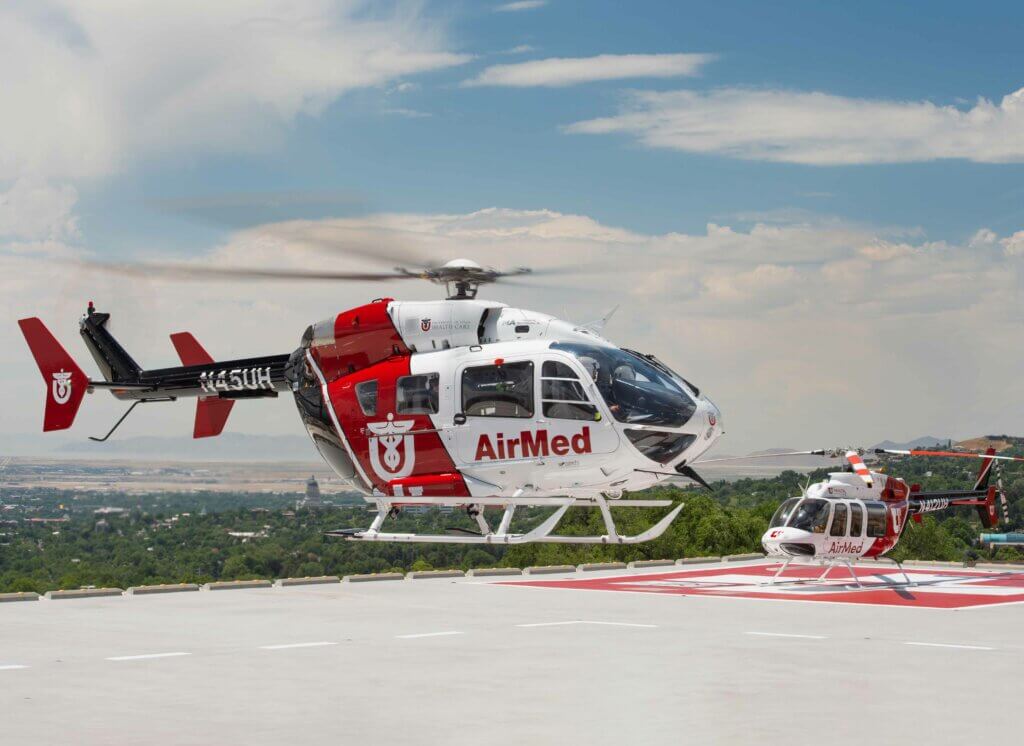
Operators said choosing an aircraft type with parts availability and service support is a critical aspect in preventing aircraft on ground situations, eating away at time otherwise spent earning revenue. Dan Megna Photo
“We have not seen a new splash in the market,” Julander agreed. Around 60% of PHI’s own fleet is made up of H135s and 407s. “I think the H145 is certainly becoming a favorite in the market. You might see some transition from the 135 to the 145, but it’s a substantial price increase, so it’s not going to be as prevalent as the 135.”
Stanberry noted that some operators are turning to used aircraft, but “it’s really hard to find a used airframe that’s got medium to low time, in the 3,000- to 5,000-hour range, unless you look overseas. We’ve been marginally successful at finding good airframes overseas, but then you have all the hurdles that come with purchasing an aircraft from another country.”
Metro is looking at new and novel aircraft to help fill the void. Stanberry said the company has its eye on one or two eVTOL airframes to add to its fleet, but contends that it’s not likely the sector will see “operators actually operating some of these new electric vehicles any sooner than five years from now, probably more like 10 years.”
“Our hope, and we’ve been talking with all the manufacturers about this challenge, is that they’re going to come up with something. It’s just not happening quick enough,” Stanberry said.
Workforce shortage
Workforce recruitment and retention remain an issue across the board for pilots, maintenance staff and clinicians — not only recruiting staff but maintaining up-to-date training as new technology and innovations are introduced to the aircraft.
“One of the things that we struggle with is the number of openings in simulators — how do we create enough opportunity to do simulator training in addition to in-aircraft training,” Sherman said.
This requires GMR to do some foresight planning in order to equip prospective pilots with the skills and knowledge needed for the future. And in a sector competing for qualified pilots, operators are looking at strategies to improve the pilot experience, including adjusting shifts and work hours.

Some air medical operators said they have yet to see OEMs answering the call for a specific type catered to the air ambulance sector – that is, a medium or light twin-engine that’s affordable. Skip Robinson Photo
“We’re really investing in the pilot experience, so that they love their job and love the culture within the organization,” Sherman said. “When I summarize how we win in this industry as an organization, it’s finding good pilots, training them well, and then creating the culture that they want to stay in.”
That has long been the mantra at Metro since its inception. While the company has strategically chosen to separate itself from the clinical side of the air ambulance business, Metro has a large team of pilots and maintenance staff, a total of about 1,100 employees.
“We didn’t wait until there was a shortage to start treating our people right. We’ve always provided fair compensation, great healthcare coverage, and other benefits,” Stanberry said. “Most importantly, we care. We listen to our folks. It is remarkable to me how great their ideas are.”
Julander noted that American Airlines recently announced a 40%, four-year pilot pay increase. This followed a similar announcement from Delta earlier this year. Admittedly, it’s a tactic the helicopter emergency medical services (HEMS) sector can’t compete with, Julander said.
“We will never be able to compete in that market from a compensation perspective. It’s just not going to happen,” he said. But the HEMS industry can offer pilots a different type of lifestyle. “They’re home every night. They fly at the same base every day. They’re part of a crew that has an important mission. They’re not jet-setting all across the country sleeping in hotel rooms. The job profile is different.”
Interior solutions and technology
Guardian Flight carries out the majority of its completions in-house. For the company, the key is standardization.
“In the 407 and the 125, we want those aircraft to be moved amongst our entire organization and have a very low learning curve for our clinicians,” Sherman said. “It’s really just making sure that we’ve got the right access to the mounts and systems, but keeping it very standard across our entire program and footprint.”

One of the challenges on the completion side remains the weight of the equipment. Metro’s extensive completion business has seen a lot of activity in neonatal and pediatric technology, but the challenge is designing new technology for the air side of the ambulance business.
“Weight is not a problem for the ground side,” Stanberry said. “But, for example, we can’t have a 400-pound all-in solution for the neonatal isolette in a helicopter. At most, we can maybe afford to get 300 pounds, depending on the airframe.”
Stanberry added that “there’s some great new technology, but we need to get involved sooner in the process so that we can make sure we can even get an STC [supplemental type certificate] for it.”
“Weight is like gold in the air industry,” Julander agreed. “We operate these aircraft with two clinicians, a pilot, a patient and all the medical gear, so we’re operating close to max gross weight all the time. A couple of pounds here and there on the interior is a couple of pounds of fuel. That’s a big deal.”
As for new technologies and innovations in the HEMS sector, Sherman said the next big piece for GMR is data monitoring — “getting real-time data monitoring of what’s going on with our aircraft, so that we can, from a safety management system, be proactive based on that data.”
Vision for the sector
With costs on the rise and reimbursement declining, air ambulance operators generally agree change is on the horizon.
“As an industry, we’re going through a time of rightsizing,” Sherman said. “As we come out on the other side of that, what we’re going to see is an industry that is somewhat contracted but focused on, especially for my organization, how we partner with communities to make sure we’re providing them the service that they need.”

He believes it’s inevitable that the industry will begin to see a contraction, which means those that survive are the ones that would have to figure out how to become more efficient.
“I can’t tell you exactly what the future is going to look like, but I know that it needs to look a lot different than it does right now, at least financially,” Stanberry said. “Regardless, I think we can all agree that safer and better is the consummate goal, and we will continue to innovate and evolve — whether it’s the data we gather, new tech, or other creative measures, to ensure sustainability in this extraordinary community we call air medical.”
Julander believes the industry as whole is collaborating more on the safety elements of the job.
“As technology evolves, training evolves and we’re able to share lessons learned between operators, there’s nothing but value,” he said. “We’re a community service at the end of the day. We provide a service to the community regardless of which team we’re on. I think you’re going see some evolution.”





